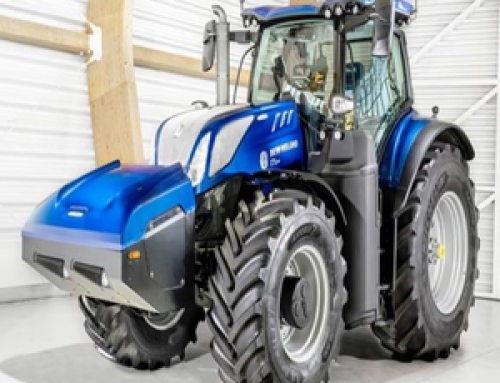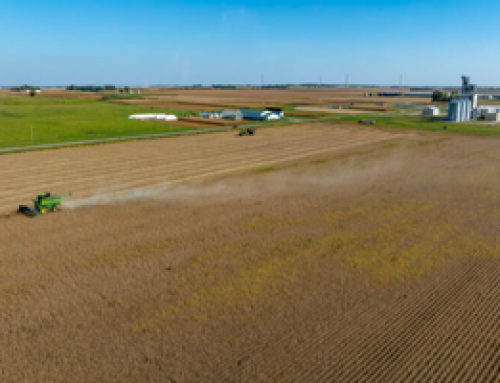by Margy Eckelkamp, The Scoop magazine
Every two years, the team at Stratus Ag Research looks at how services provided by ag retailers are valued by farmer customers. One of the main takeaways is the more engaged a farmer is with services provided by a retailer, the more influence the retailer has on crop protection decisions.
When a farmer engages with six or more services provided by their main retailer, two-thirds of that group say the retailer has a strong influence on input decisions. Comparatively, if a farmer only uses three services provided by a retailer, one-fourth of those farmers say the retailer has a strong influence on their decisions.
Mike Weddell of Stratus says this creates a flywheel effect: service, influence, share of customer.
In all, the study spans 14 services. Its free-to-download report highlights four:
*Field scouting
*Product performance data
*Cost comparison data
*Crop planning and review
Scouting gives a strong foundation
Per the Stratus research, when farmers receive field scouting services those ag retailers have significantly more influence on farmer purchase decisions. While 65% of farmers consider field scouting to be a useful service, only 36% of farm customers are getting field scouting services from their main ag retailer. And 32% of farmers would find a field scouting service to be useful but are not getting it from their main retailer.
Making a plan builds influence
When retailers engage with farmers in crop protection product planning at the field level, it increases their influence significantly. More than half of farmers say crop planning services are useful, yet only one-third are currently reviewing plans, records or imagery with their main retailer.
Be an information source
When ag retailers provided crop protection performance comparison data, they in turn have more influence over farmer buying decisions. Almost 75% of farmers aren’t currently getting such information from their primary retailer.
Pricing information is in-demand
Three-fourths of farmers say cost comparison data for crop protection products is useful. But fewer farmers have their primary ag retailer sharing the information — this year it’s down 8% fewer farmers receiving cost comparison information.
To read the entire article click here.



